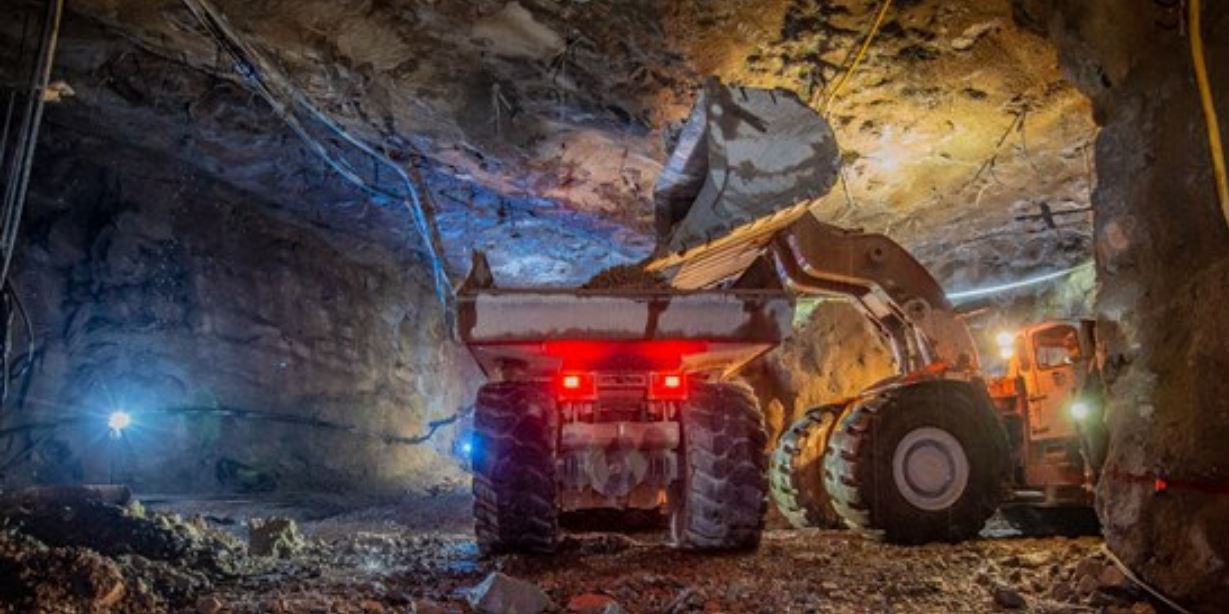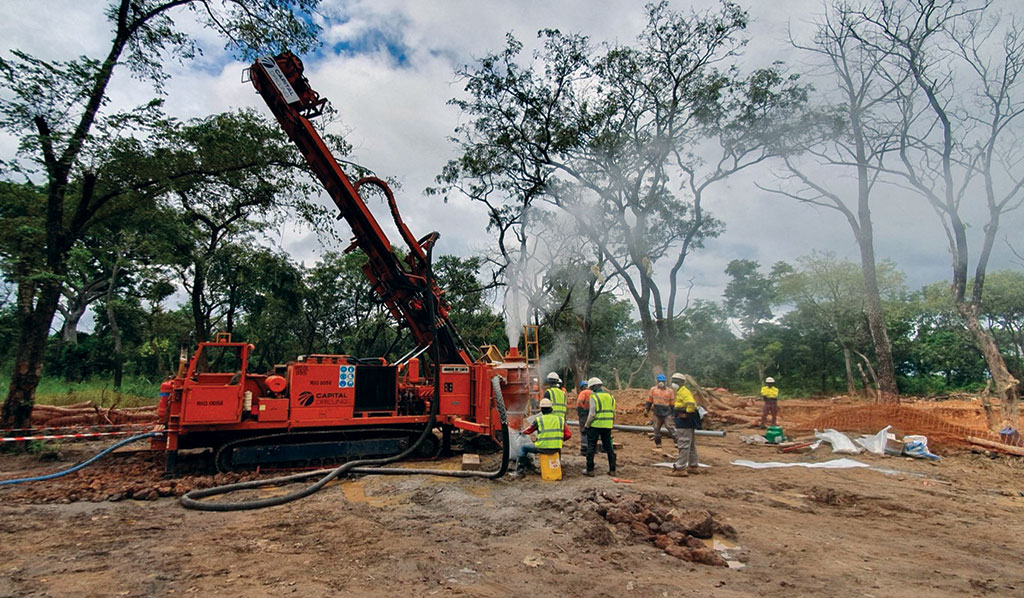Ore-sand: a sustainable source of sand that reduces mine waste

A study by researchers from the University of Geneva and the University of Queensland’s Sustainable Minerals Institute has found that a step-change in mineral processing could drastically reduce mineral waste while creating a sustainable source of sand.
In a recent report, the scientists baptized the product of the process as “ore-sand.” In other words, they propose the idea of separating and repurposing sand-like materials from mine waste before they are added to the garbage stream.
According to the group, it is estimated that 50 billion tonnes of sand are used each year. Over the past two decades, demand has tripled primarily due to urbanization and population growth, a trend which is expected to continue with aggregates use surpassing the 50-billion-tonne mark per year by 2030.
Mineral waste from the mining of ores, on the other hand, currently represents the largest waste stream on the planet, estimated between 30–60 billion tonnes per year.
With the goal of addressing these issues, the researchers launched a 12-month study and independently sampled and investigated sand produced from iron ore mining, pioneered by Vale S.A in Brazil.
After an analysis of the chemical properties and some refining operations, the researchers were able to demonstrate that a portion of the material stream, which would otherwise end up as mining residues, could be used as a substitute for construction and industrial sand.
No-tailings mine
“If these results can be replicated with other types of mineral ores there is potential for major reductions in global mine tailings,” Daniel Franks, co-author of the report, said in a media statement.
“By mapping mining locations worldwide and modelling global sand consumption, we discovered that almost a third of mine sites can find at least some demand for ore-sand within a 50-kilometre range. This could contribute to at least a 10% reduction in the volume of tailings generation at each site. Simultaneously, almost half of the global sand market (by volume) could find a local source of ore-sand.”
In Franks’ view, ore-sand could potentially replace 1 billion metric tonnes of sand demand in China.
The researcher pointed out that the life cycle assessment of ore-sand based on the Vale case also showed that substituting naturally sourced sand with ore-sand could potentially lead to net reductions in carbon emissions from sand production processes.
“Considering the co-production of ore-sand is a significant advantage for mining companies: it reduces the large tailings which hinder operational mining activities, while at the same time can generate additional revenues. Ore-sand is a step towards a ‘no tailings mine,’” co-author Pascal Peduzzi said.
“Developing countries have few options for using recycled aggregate materials, given their more recent infrastructure. However, many have mining operations that can generate ore-sand as a by-product.”
Peduzzi said that the next step for the research team is to collaborate with aggregate market players to demonstrate the ore-sand sourcing process and the material’s performance.
More News
{{ commodity.name }}
{{ post.title }}
{{ post.date }}



Comments